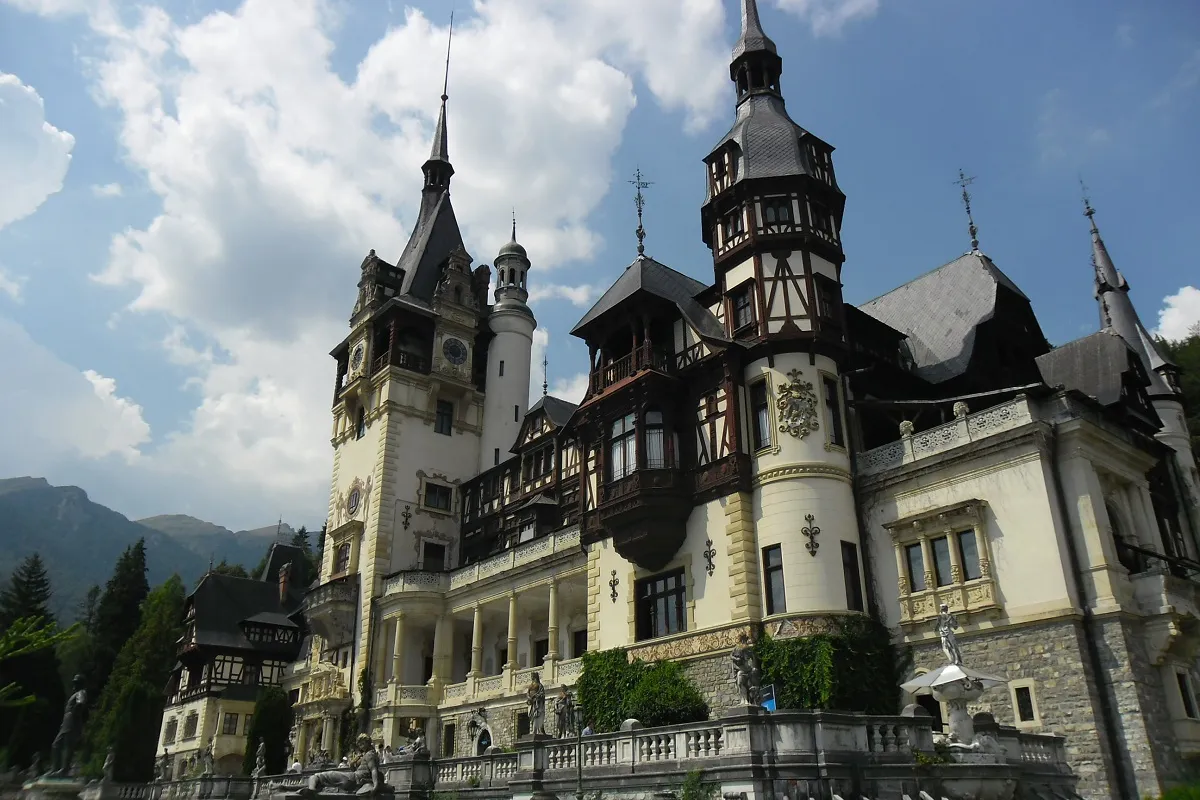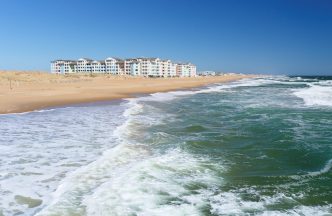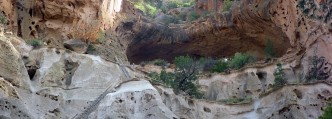Discover Peles Castle, The Spectacular Home of Romanian Royalty
Built in the peles castle19th century according to the specifications of Carol I, Romania’s first King. The Peleș Castle is an image of the monarch’s aesthetic mindset, combining the German and Italian neo-Renaissance.
Peles Castle is located near the town of Sinaia, in the Prahova County. It is one of the most famous castles in Romania, maybe even-more than Corvin Castle, Bran Castle, or Rasnov Fortress. The blood ties between the members of the Romanian and the British royal families. The Russian dynasty and the royal families of Germany and Greece, as well the Romanian Queen’s tireless patronage of arts. Have attracted to the castle the most resonant names of the 19th and early 20th century.
History of Peles Castle
When King Carol I of Romania visited the location on which the beautiful castle now stands. He was amazed by the stunning scenery of the Carpathian Mountains that surround it.
The construction of Peles Castle was commissioned by King Carol, and on August 22, 1873. The foundations were laid in the form of a hunting house and a summer retreat for the Romanian royal family. The castle was designed by German architect Johannes Schultz in Neorenaissance style that combined numerous features of classic European styles.
Besides the castle, other constructions were erected. Such as a power plant, the Economat Building, the royal stables, the guards’ chambers, and the Foisor hunting lodge. Later additions were also built between 1893 and 1914 by the Czech architect Karel Liman.
Peles became the first castle in Europe fully powered by locally produced energy. With the electric system being completed in 1884 and the central heating system in 1897.
The Castle was completed in 1914, and it remained a Royal Residence until 1947
After the forced abdication of King Michael I, Peleș was seized by the Communist regime in 1947. Together with all the properties of the royal family. In 1948 the whole estate was closed, and numerous pieces of art were moved to the Art Museum in Bucharest. Peles Castle was then opened as a museum in 1953 by the communist regime. It remained so until 1975 when it was closed again due to its advanced state of deterioration. Between 1975 and 1989, the castle was constantly renovated and was also used by the communist regime. As a retreat for the heads of state that visited Romania. After the Romanian Revolution of 1989, the castle was once again opened to the public, and in 2007 it became the property of King Michael.
Inside and Around Peles Castle
The inner courtyard, with its medieval air, carries the tourists back in time. The Sovereigns’ Gate opens the journey into the castle, and a monumental marble staircase leads up to the Hall of Honor, the official reception space that witnessed the presence of royal guests, from Emperor Franz Joseph to the Crown Prince of Japan. Peles Castle also hosted numerous artists such as George Enescu or Jacques Thibaud, that were the guests of Queen Elizabeth of Romania, the wife of King Carol. The impressive castle spreads over an area of 3,200 square meters, housing 160 rooms that impress through their beauty and sophistication.
The best known is the Great Armory Room, hosting some of the finest collections of arms and armor, with over 4,000 pieces of weaponry that were collected or received as a gift, mainly from Western and Eastern Europe, but also from other regions of the world. The interior of the castle, especially the main hall, is beautifully decorated with sculpted wood and the stained glass windows make it a true symbol of elegance and royalty.
Another outstanding part of the castle, the Royal Library, is home to unique manuscripts decorated in gold. Many of the rooms of the castle are decorated so that they resemble the styles of various cultures from throughout the world. Due to its remarkable architecture and to the artistic value of the exhibits it houses, the castle is one of the elite monuments in Europe and in the world.






